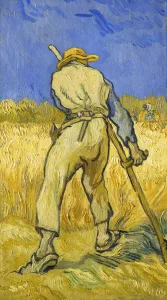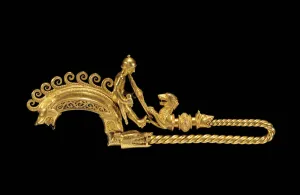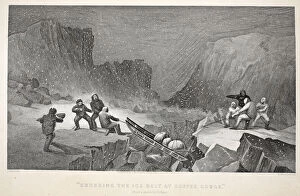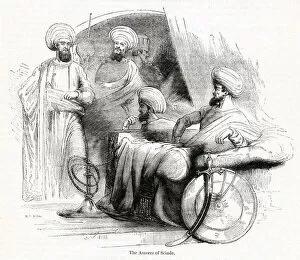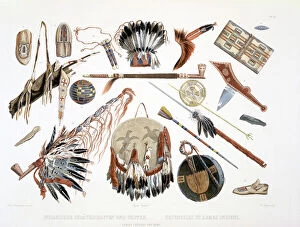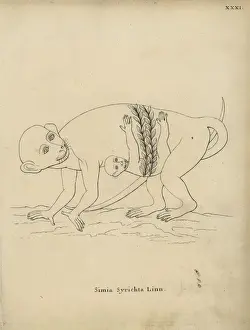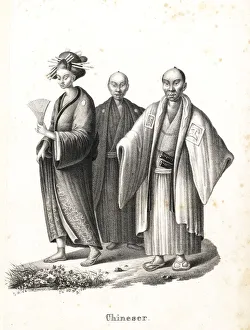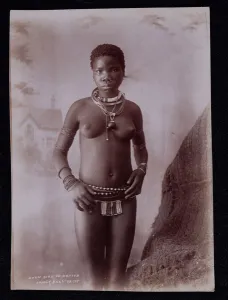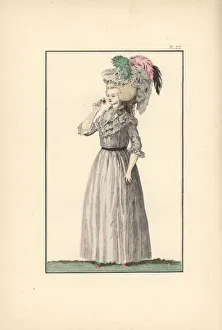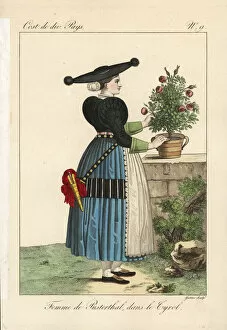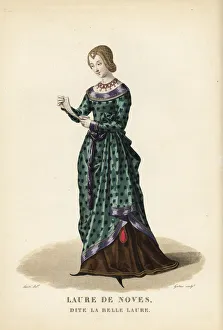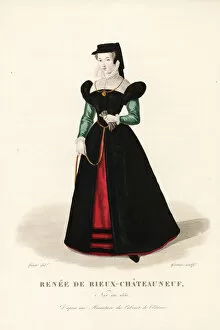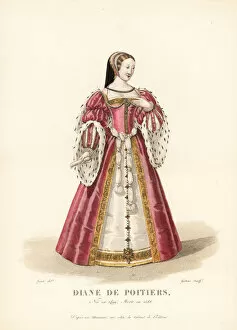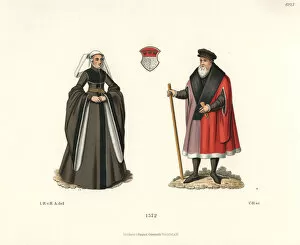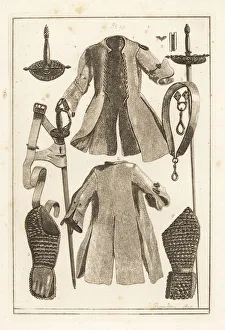Belt Collection (page 17)
"Belt: A Symbolic Thread Connecting History, Art, and Culture" From the Jolly Joker playing card to the surrender of General Lee at Appomattox Court House in 1865
All Professionally Made to Order for Quick Shipping
"Belt: A Symbolic Thread Connecting History, Art, and Culture" From the Jolly Joker playing card to the surrender of General Lee at Appomattox Court House in 1865, the concept of a belt has woven its way through various historical events. Just like the Prince of Lilies depicted in Minoan art on Crete or the Empire Marketing Board poster showcasing Gibraltar's strength, belts have long been associated with power and resilience. In times of chaos and destruction, such as during World War II's Blitz in London, brave firefighters donned their belts as they battled against raging fires. Meanwhile, Trumpers Barbers in Mayfair became renowned for their impeccable grooming skills that included giving gentlemen a perfectly tailored belt to complete their dapper look. The Titanic lifebelt serves as a haunting reminder of tragedy but also highlights how they can be crucial lifesaving tools. Similarly, close-ups of traditional Thai dance dresses reveal intricately designed belts that enhance the beauty and gracefulness of performers on stage. Belts transcend time and disciplines; even legendary dancer Vaslav Nijinsky found inspiration from them while tennis player-turned-actor Charlie Chaplin showcased his comedic talent by portraying a drunk monk wearing an oversized belt. Whether it is capturing elegance like the golfing woman from 1907 or representing cultural heritage like two dancers adorned in traditional Thai classical dance costumes - belts have become more than just functional accessories. They symbolize unity between past and present generations while adding flair to our daily lives. So next time you fasten your own belt before stepping out into the world - remember its rich history connecting us all.

